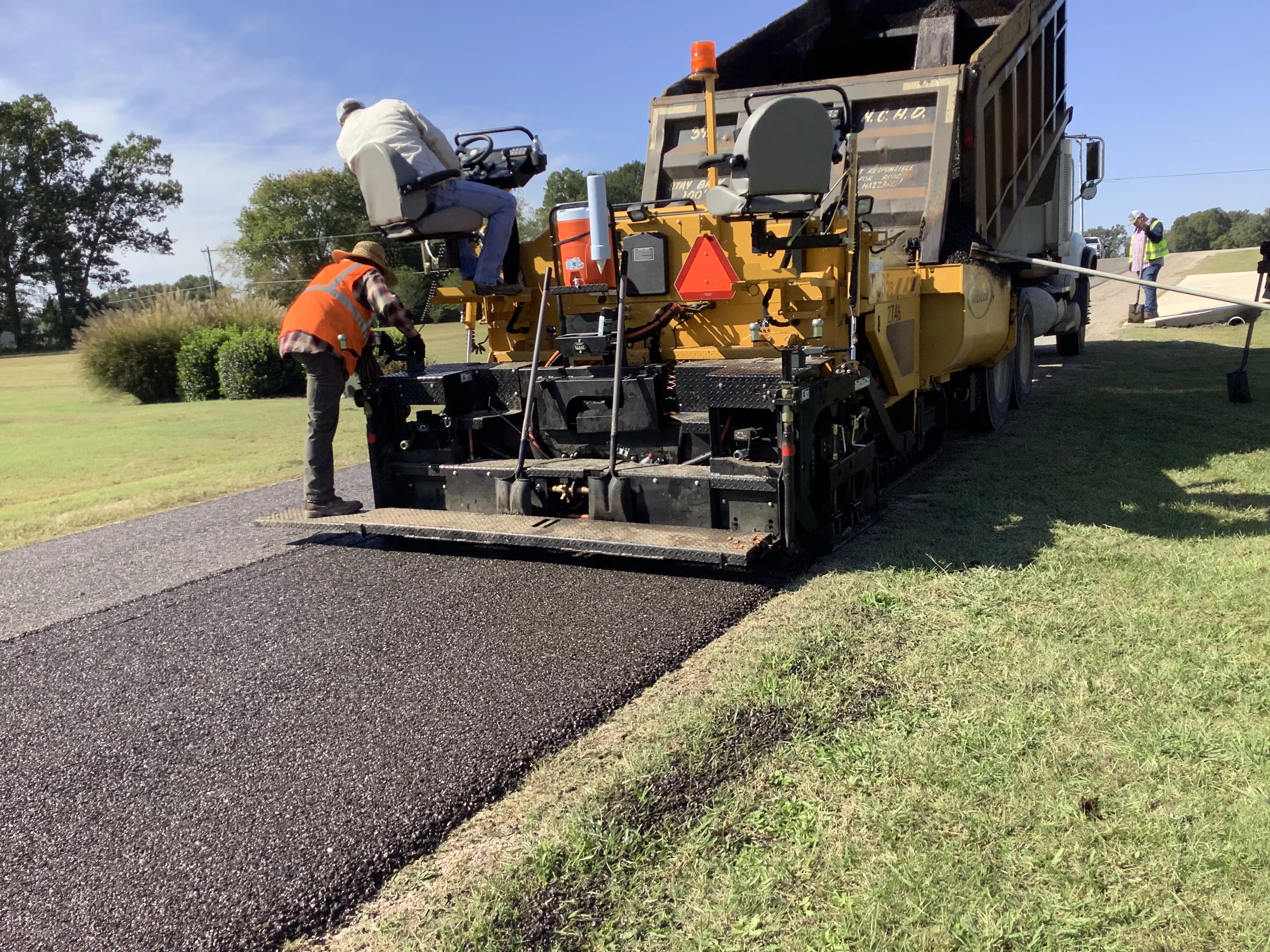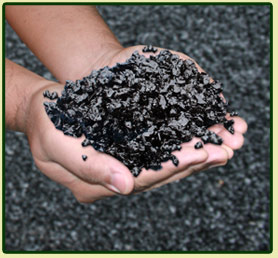Cold Mix Asphalt: Long Lasting Solutions for Pavement Repairs
Cold Mix Asphalt: Long Lasting Solutions for Pavement Repairs
Blog Article
Cold Mix Asphalt: Transforming the Building Market
The intro of chilly mix asphalt has triggered a significant change in the construction market, supplying a pragmatic strategy that addresses both price and ecological problems. With improvements in innovation and products, cool mix asphalt is poised to redefine building and construction methods, leading the means for a more sustainable and high-performance future.
Advantages of Cold Mix Asphalt
Cold Mix Asphalt uses a cost-effective and environmentally friendly remedy for various building applications. Compared to typical hot mix asphalt, cold mix asphalt can be created and used at lower temperature levels, reducing power usage and greenhouse gas emissions throughout production. This lower manufacturing temperature also allows for prolonged paving periods in cooler environments, raising versatility in construction scheduling.
Another significant advantage of Cold Mix Asphalt is its flexibility out of commission and upkeep jobs. Its capability to be stockpiled for extended periods without solidifying makes it perfect for emergency repairs and remote areas where hot mix asphalt might not be conveniently offered. In Addition, Cold Mix Asphalt is very easy to transfer and take care of, streamlining on-site application and lowering general task timelines.
In addition, using Cold Mix Asphalt advertises sustainability in building practices by making use of recycled products such as recovered asphalt pavement (RAP) and recycled asphalt tiles (RAS) By lowering the demand for virgin products, Cold Mix Asphalt helps save natural resources and decrease garbage dump waste. On the whole, the advantages of Cold Mix Asphalt make it an important asset in modern-day construction projects.
Convenience in Building And Construction Tasks

In city settings where noise and web traffic disruptions must be reduced, Cold Mix Asphalt offers a quieter application process compared to standard warm mix asphalt, allowing for smoother job execution. Its adaptability likewise enters into play in country areas where accessibility to hot mix plants might be limited, giving a useful option for roadway repair and maintenance. In general, the versatility and versatility of Cold Mix Asphalt make it an important property in the construction industry, dealing with a wide selection of task requirements.
Ecological Benefits of Cold Mix
With a growing focus on lasting building and construction methods, the environmental benefits of Cold Mix Asphalt are ending up being significantly significant in modern project considerations. Cold Mix Asphalt supplies several benefits that add to its eco-friendliness. One key environmental advantage is its reduced power demands throughout production contrasted to warm mix asphalt, causing lowered greenhouse gas emissions. Additionally, Cold Mix Asphalt can be produced making use of redeemed asphalt sidewalk (RAP), which assists in saving natural deposits and lowering waste sent out to garbage dumps.
Additionally, the application of Cold Mix Asphalt needs much less power intake on-site given that it can be stockpiled for long periods without the need for reheating, unlike hot mix asphalt. Overall, Cold Mix Asphalt presents a lasting and eco pleasant choice in construction projects.

Cost-Effectiveness and Efficiency
In regards to task budgeting and operational productivity, the cost-effectiveness and effectiveness of making use of Cold Mix Asphalt redirected here in construction projects are vital factors to consider. Cold Mix Asphalt supplies significant expense advantages compared to typical hot mix asphalt because of lower power intake throughout manufacturing and lowered labor costs. The ability to be stockpiled for prolonged periods without solidifying permits for mass purchasing and decreases product waste, further adding to cost-effectiveness.
Furthermore, the efficiency of Cold Mix Asphalt lies in its convenience and simplicity of application. The quick healing time of Cold Mix Asphalt allows rapid task completion, minimizing downtime and disturbances to traffic circulation.
Future Trends and Innovations
An emerging trend in the building and construction sector includes the integration of lasting materials and progressed technologies to boost the performance and ecological impact of asphalt options. As the focus on sustainability expands, the future of cold mix asphalt is most likely to see further improvements in environment-friendly formulations have a peek here and manufacturing learn the facts here now methods. Advancements such as using recycled materials like redeemed asphalt pavement (RAP) and cozy mix asphalt (WMA) are gaining traction as a result of their decreased power intake and lower discharges contrasted to conventional warm mix asphalt.
Additionally, the combination of technologies like self-healing asphalt, which can repair little splits by itself, and the advancement of clever asphalt with sensing units to keep track of roadway problems and website traffic circulation are on the perspective. These developments not just improve the longevity and longevity of road surfaces however additionally add to enhanced security and effectiveness in transport systems. On the whole, the future of cold mix asphalt is poised to transform the building sector by offering sustainable, high-performance options that satisfy the advancing demands of our infrastructure while minimizing environmental impact.

Verdict
In conclusion, chilly mix asphalt is changing the building and construction market with its cost-efficient, eco pleasant, and flexible attributes. With the combination of sustainable materials and advanced technologies, cool mix asphalt is forming the future of building and construction methods towards more green and high-performance services.
Report this page